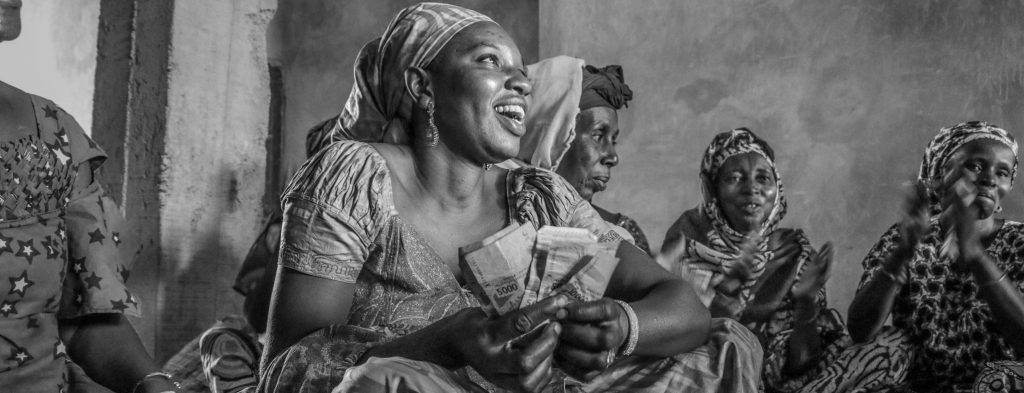
Fifty-nine point one million people remained internally displaced at the end of 2021 (according to data from IDMC), the highest number on record, which is reflective of the increasingly complex and devastating disaster and climate-related challenges that people are facing.
It is also as a result of the evolving nature of conflicts, which have become more complex, asymmetric and fragmented, often involving multiple States and non-State actors (see the Special Rapporteur on the human rights of internally displaced person’s report on this issue).
The growing pressure on humanitarian aid and assistance to those who have been forcibly displaced demonstrates that more needs to be done to address the root causes and triggers of displacement: and this is prevention. Preventing arbitrary displacement can be much more cost effective than addressing displacement only once it occurs.
Prevention can include disaster risk reduction, ensuring the risks posed by climate change and disasters can be mitigated before people are forced to flee. And prevention includes the range of resources and tools to address the triggers of conflict before conflict becomes unavoidable.
One such example of prevention measures is forecast-based early action – or anticipatory action. Forecast-based early action initiatives are intended to shift the incentives for humanitarians to act in advance of crises, using pre-committed finance. The ability to accurately anticipate crises through the use of data and data analysis technologies has improved rapidly in recent years, meaning that, for some crises (such as drought and food insecurity), it is now possible to predict where crises may occur. Forecast-based early action (in particular, forecast-based financing) initiatives are designed as early intervention measures to mitigate the impact of a crisis on vulnerable people and their livelihoods and reduce the potential for displacement.
Key resources
- Special Rapporteur on the human rights of internally displaced persons, Report on the prevention of arbitrary displacement in situations of armed conflict and generalized violence, 2021
- GP20, Forecast-Based Financing to Avoid Disaster Displacement, 2020
- IFRC, ICRC, FbF and disaster displacement: acting early to reduce the humanitarian impacts if displacement, 2020